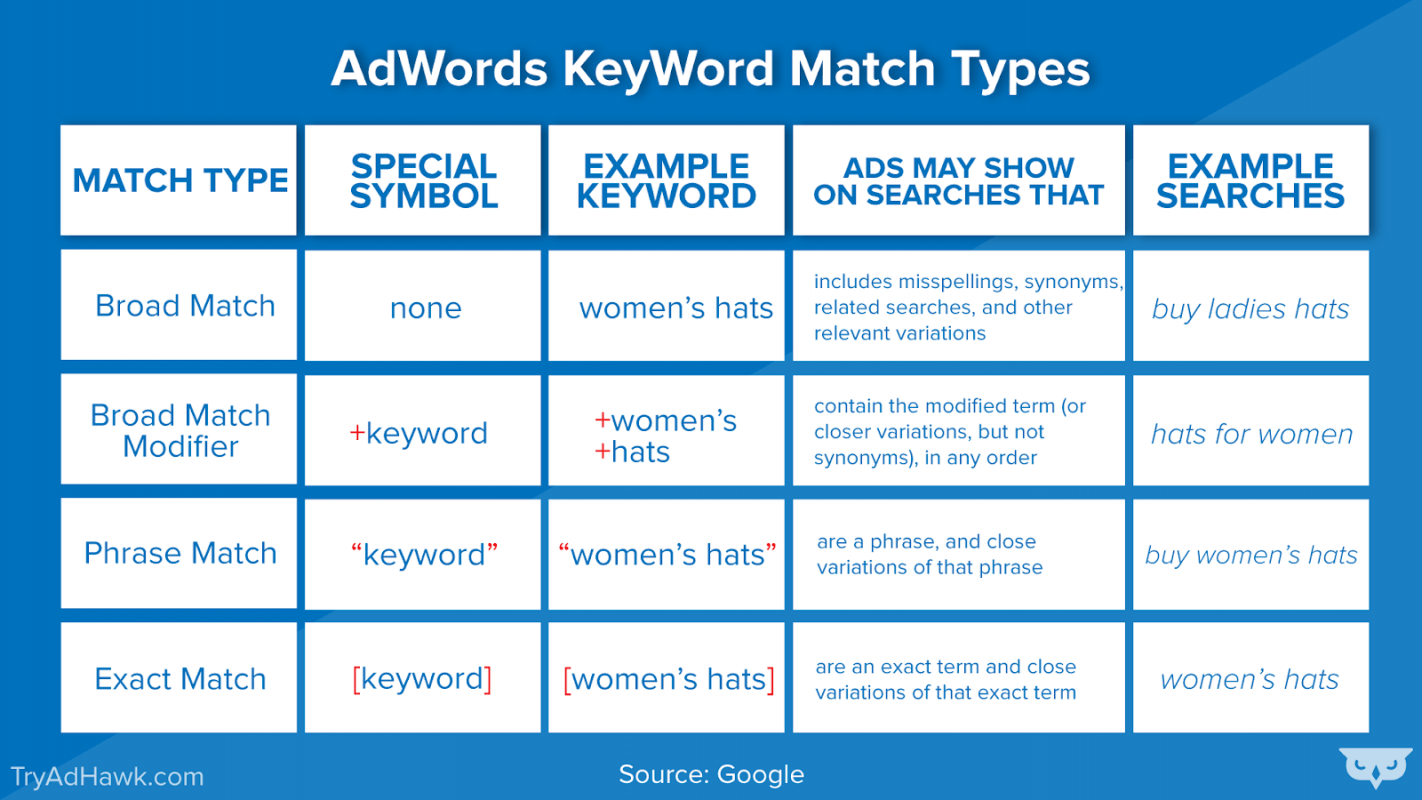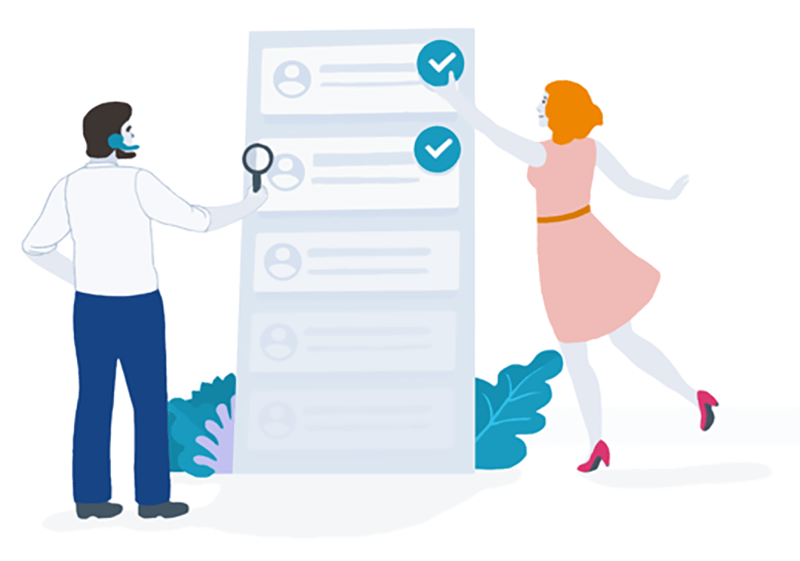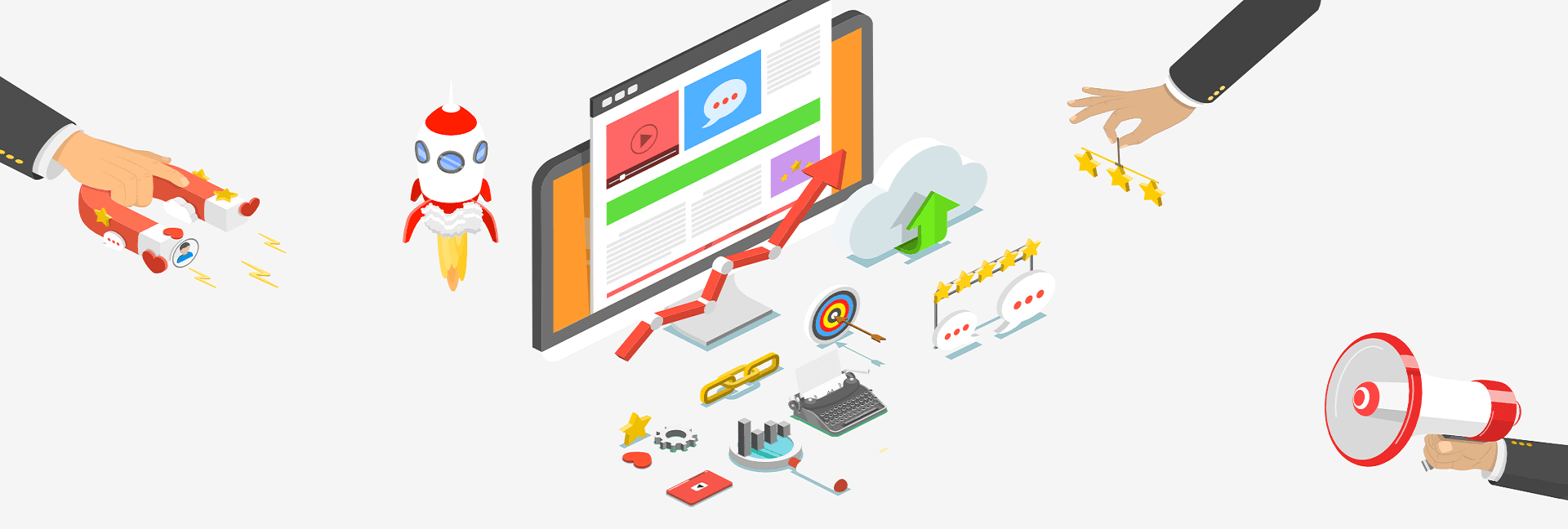Every business needs a website to thrive in today’s digital world. This is non-negotiable as 80% of people use the internet to find local businesses. But it doesn’t automatically generate revenue. The efficacy lies in what you do with it.
Traffic is the one thing every marketer is crazy about. With resource online emphasizing on the need to increase the numbers, they work tooth and nail to make it happen. Channelling so much energy in that direction, it’s just a matter of time before visitors begin to arrive in large numbers. Unfortunately, they leave without making any impact.

High traffic may give you bragging rights, but it doesn’t necessarily translate into profits. What you need for profits is a high conversion rate.
What’s conversion rate? The conversion rate is basically the percentage of your total website visitors that take actions that are favourable to your business. They are propelled to act accordingly based on your offers such as products, services and/or lead magnets.
Getting it right from the onset sets your business on the path to success as you begin to command high return on investment (ROI) with your newly built site.
1. Use target keywords
According to Google, using specific keywords enhances your conversion rates. You don’t want people leaving your site immediately they arrive due to lack of interest in your offers. This increases your bounce rate, creating a bad reputation for your site on search engines.
If every visitor to your site has some level of interest in your offers before they arrive, your chances of converting are high.
Act in line with consumers’ needs by using specific keywords in your campaigns. For a new website, the majority of visitors may not come to your site directly, but through organic or paid traffic. Use your target keywords in creating these contents. When prospects search for your target keywords, your website will show up on Search Engine Result Pages (SERPs), leading them to your site. Seeing that your website offers products related to what they searched for, visitors will be more willing to patronize you.

2. Optimize your conversion funnel
A conversion funnel is a channel visitors go through on your site in their buying journey. It consists of four basic phases namely: awareness, interest, consideration, and conversion.
Engaging prospects effectively at each phase of the funnel propels them to move further until they get to the point of purchase.
Taking the form of an actual funnel, the first phase of the funnel is the widest. It represents the crowd that comes on your website at the initial stage. As they journey through your site, the funnel gets narrower. Some visitors exit your site along the way, with just a few making it to the last phase.
- Awareness: Provide all the information they need to be well informed.
- Interest: Appeal to their emotions to spur their interest.
- Consideration: Make a strong case for your brand against your competitors.
- Conversion: Simplify the check out process.
3. Install live chat

Customer service is an integral part of an organization’s success. Every brand thrives when it has a market to sell to, and such a market consists of customers.
A McKinsey Study found that 70% of customers’ buying decision was determined by how an organization treats them.
Holding customer and leaving them unattended to on your website is a grave offense punishable in the court of public opinion. Apart from never coming back to your site, they might post negative reviews about your business online.
Live chat software gives you the ability to provide support anytime, anywhere. With you being just a click away from your customers, you can address customer concerns more quickly and efficiently. Visible on every webpage on your site, a proactive live chat software extends a helping hand to the customer the moment they arrive. This gives them the assurance that they aren’t alone, and builds confidence in your business.
4. Use lead magnets
Customers are all about having their needs met. Anything that enhances their satisfaction is welcome. It gets even better when they don’t have to pay for it. If you want to get the customer’s attention on your new site, offer something for free.
Email marketing accounts for 23% of sales. Building your subscription list should be top priority on your new site, so you can market your products directly to prospects via email.
An Episerver Study found that 92% of first-time visitors to your site aren’t there to buy anything. But don’t let them go just like that. Use lead magnets to collect their contact in exchange. Inform them of your best offers via email. With good lead nurturing skills, your first-time visitors could become part of the 48% returning visitor transactions.
5. Add a striking call-to-action
A visitor may return to your website regularly for various reasons. Until they actually convert, their visit is of little or no benefit to your business. Don’t just get prospects interested in your offer, make them want to acquire it.
Having presented your product or service with an irresistible copy on your site, seal the deal by asking visitors to get it with killer call-to-actions (CATs). HubSpot reports that anchor text CTAs increase conversation rates by 121%.
The most effective call-to-actions start with a verb and end with a promise. Words like “buy,” and “order,” are great for sales. Make it complete by adding a promise. For example: “Buy now and get 10% discount.” Prospects that are indecisive will be motivated by the discount.
Personalize CATs to your signups with the use of “my.” For example: “Start my free offer.”
6. Optimize your page design
Your choice of typography, font, colour, and layout play a role in your conversion rate.
Big bold typography is catchy and easy to read compared to smaller ones. Visitors don’t have to strain their eyes. They read details of your products easily and proceed onto the next stage of your funnel.
Add an achievement counter to your site. Marketers used to think that the online audience was turned off by numbers. But recent findings have proven otherwise. People want to be sure that they are in safe hands. They rely on the numbers to measure your customer service and efficiency.
Work on your loading speed. Time is very important to visitors. With a thousand and one things to check out online, wasting a second waiting on a webpage to load isn’t acceptable, leading to a 7% reduction in conversions.
Adopt the F-shaped layout pattern. People begin to read information on a screen from the top left to right. They skim content in the middle and then move all the way down to the bottom right of the screen.
With their attention fixated on the top left, you should place key information in that area including your call-to-action.
Conclusion
The internet offers a level playing field for all businesses. Duration of a website isn’t a yardstick for success. With your conversion metrics in place, your new website can give older ones in your niche a run for their money.
Author Bio
 Sam Makad is an experienced writer and marketing consultant. His expertise lies on marketing and advertising. He helps small & medium enterprises to grow their business and overall ROI. Reach out to Sam Makad on Twitter or LinkedIn
Sam Makad is an experienced writer and marketing consultant. His expertise lies on marketing and advertising. He helps small & medium enterprises to grow their business and overall ROI. Reach out to Sam Makad on Twitter or LinkedIn












